Retro Replay Review
Gameplay
Close Combat: First to Fight delivers a tense, tactical first-person shooter experience that emphasizes teamwork and realistic combat scenarios. As the leader of a four-man Marine fireteam, you’ll need to coordinate movements, cover each other’s flanks, and time your suppressive fire carefully to advance through enemy territory. The ability to call in mortar and air strikes adds a layer of strategic depth, forcing you to choose the right moment to bring down heavy ordnance without jeopardizing your own squad.
(HEY YOU!! We hope you enjoy! We try not to run ads. So basically, this is a very expensive hobby running this site. Please consider joining us for updates, forums, and more. Network w/ us to make some cash or friends while retro gaming, and you can win some free retro games for posting. Okay, carry on 👍)
The enemy AI is one of the game’s standout features, borrowing the psych-modeling from the classic Close Combat series. Opponents will panic under sustained fire, hunker down for cover, or even attempt to flee. This dynamic behavior turns each firefight into a nerve-wracking contest of wills: will you break their morale quickly, or find yourself pinned under a hail of bullets? Your own squadmates also react realistically, taking cover and returning fire in support of your commands.
Cooperative play is seamlessly integrated into the campaign, allowing up to four players to join forces through every mission. Coordinating with friends makes flanking maneuvers and synchronized strikes feel incredibly satisfying. For those who prefer a more competitive edge, the multiplayer deathmatch mode offers classic free-for-all and team-based skirmishes with the full arsenal of weapons at your disposal.
Weapon handling is solid and varied, with options ranging from the standard-issue M16A4 and M203 grenade launcher to heavier tools like the M249 SAW and RPG-7. Each firearm has distinct recoil patterns and rates of fire, encouraging you to adapt your approach depending on mission objectives. Frag and smoke grenades provide tactical flexibility, whether you’re clearing a room or laying down a temporary smokescreen for a strategic withdrawal.
Graphics
Visually, Close Combat: First to Fight is a mixed bag, reflecting its early-2000s origins while still offering moments of genuine immersion. The urban environments of Beirut are convincingly modeled, with narrow alleyways, bombed-out buildings, and subtle environmental details that evoke a war-torn cityscape. Dynamic lighting casts realistic shadows, enhancing tension in indoor missions and tight courtyard engagements.
Character models and weapon textures can feel a bit dated by today’s standards, but the attention to procedural animation—such as magazine changes and recoil responses—still holds up well. Smoke, dust, and muzzle flash effects provide a visceral sense of combat, especially when combined with the heavy percussion of mortar and airstrikes. Performance is generally stable on modern hardware, though older systems might experience occasional frame dips during large-scale firefights.
The HUD is clean and functional, showing squad status, compass directions, and available support assets without cluttering the screen. Map layouts are intuitive, with multiple routes to objectives that reward exploration and tactical planning. While the graphical fidelity may not match today’s cutting-edge titles, the game’s gritty aesthetic and purposeful design ensure that the visuals serve the gameplay rather than overshadow it.
Story
The narrative of First to Fight is straightforward but effective. You lead a U.S. Marine unit deployed to a fictional Beirut crisis, tasked with rescuing hostages, neutralizing insurgent strongholds, and securing vital intelligence. Each mission begins with a concise briefing that outlines objectives, forces involved, and civilian considerations, grounding you in the stakes of the operation.
Character development is kept to a minimum, focusing instead on the immediacy of combat and squad cohesion. While you won’t find deep personal arcs or dramatic cutscenes, the radio chatter between team members and the evolving battlefield situations create a palpable sense of urgency. Occasional scripted events—such as ambushes or collateral-damage dilemmas—lend weight to your decisions and reinforce the unpredictable nature of urban warfare.
The pacing is well-judged, alternating between high-intensity assaults and calmer reconnaissance segments. Moments of quiet before the storm let you catch your breath, resupply, and plan your next move. Though the storyline doesn’t reinvent the wheel, it acts as a solid framework that drives you forward mission after mission, ensuring that gameplay variety and tactical challenges remain front and center.
Overall Experience
Close Combat: First to Fight is a compelling choice for players seeking a more methodical, team-oriented shooter. Its emphasis on realistic squad tactics, combined with the psych-modeled enemy behavior, sets it apart from run-and-gun contemporaries. The co-op campaign shines brightest when you’re coordinating with friends, as synchronized assaults and well-timed support strikes become deeply rewarding.
The game’s technical presentation may feel dated in places, but the core mechanics and level design hold up. If you’re willing to overlook some rough edges in character animation and texture detail, you’ll find a solid, engaging shooter that prioritizes strategy over spectacle. The robust weapon roster and varied mission objectives keep gameplay fresh throughout the campaign.
Ultimately, Close Combat: First to Fight offers a slice of tactical combat that still resonates today. Whether you’re storming a hostile compound with three allies or going head-to-head in multiplayer deathmatch, the combination of psychological AI, authentic weapon handling, and cooperative synergy delivers an experience that fans of military shooters shouldn’t miss.
 Retro Replay Retro Replay gaming reviews, news, emulation, geek stuff and more!
Retro Replay Retro Replay gaming reviews, news, emulation, geek stuff and more!
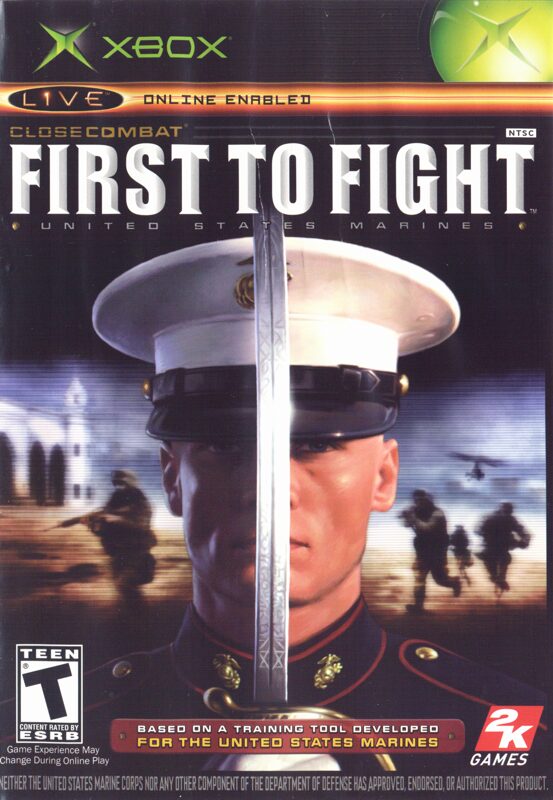
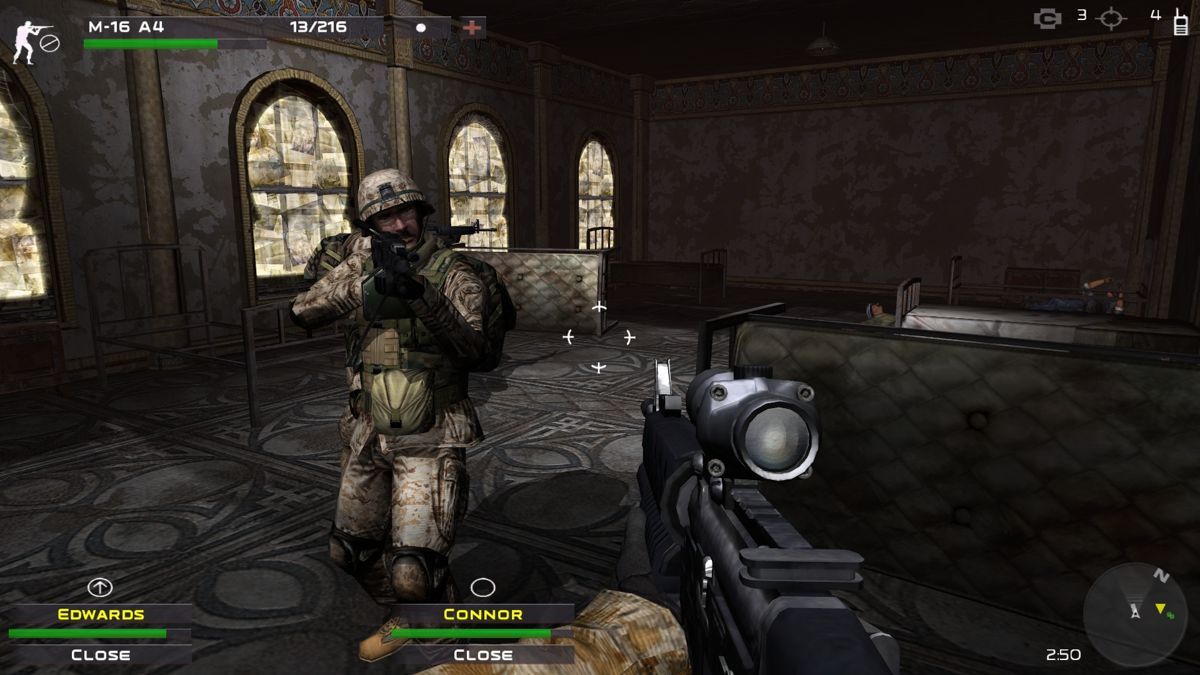
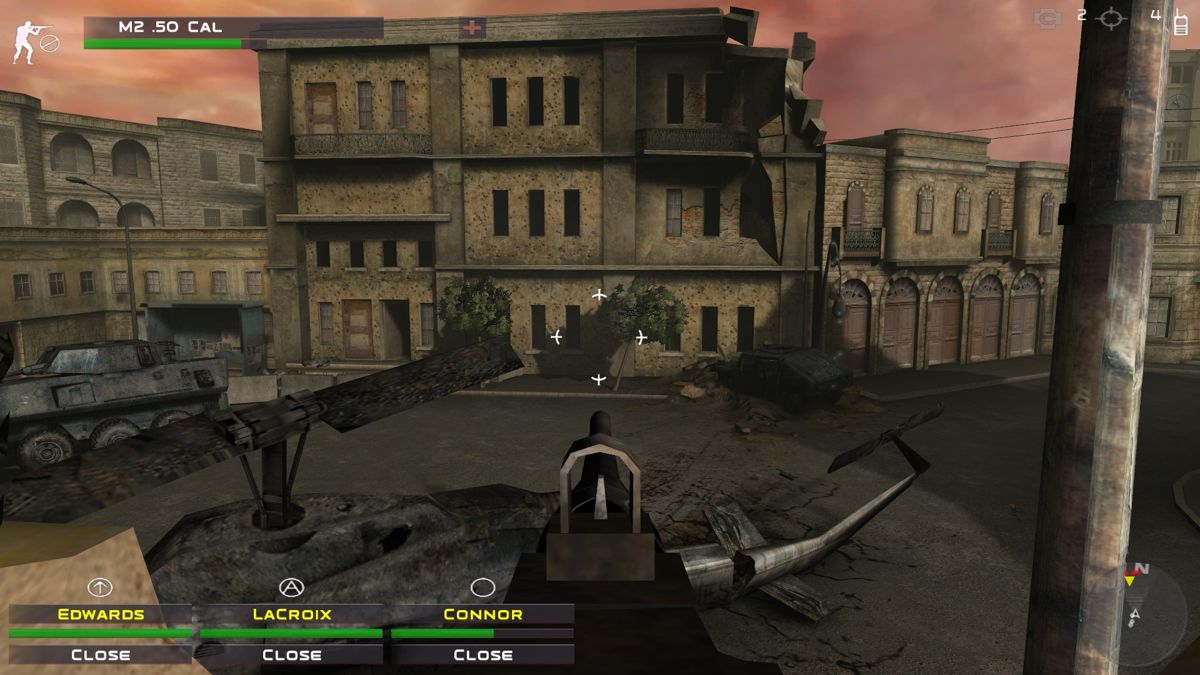
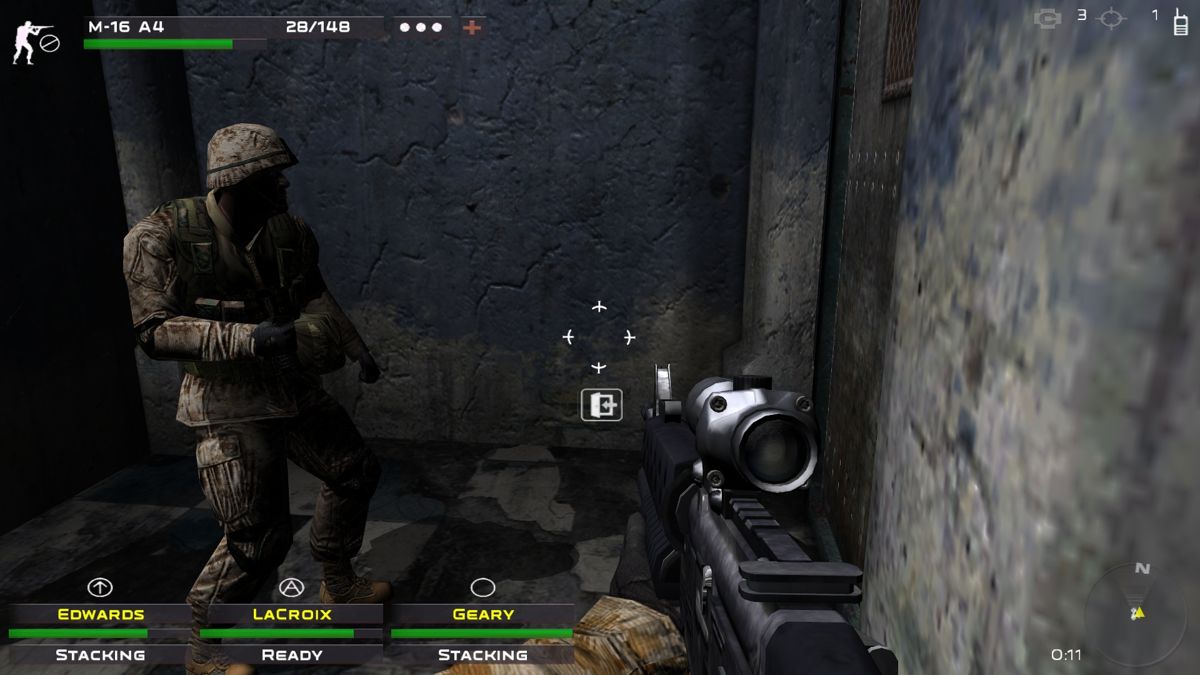
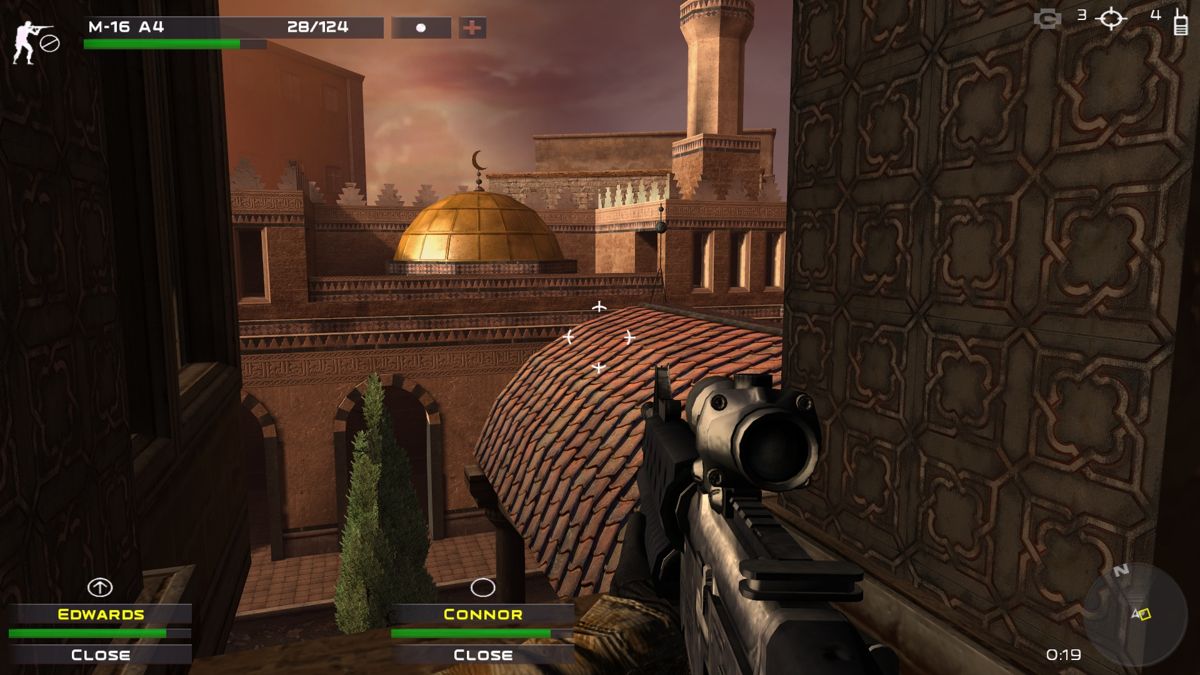
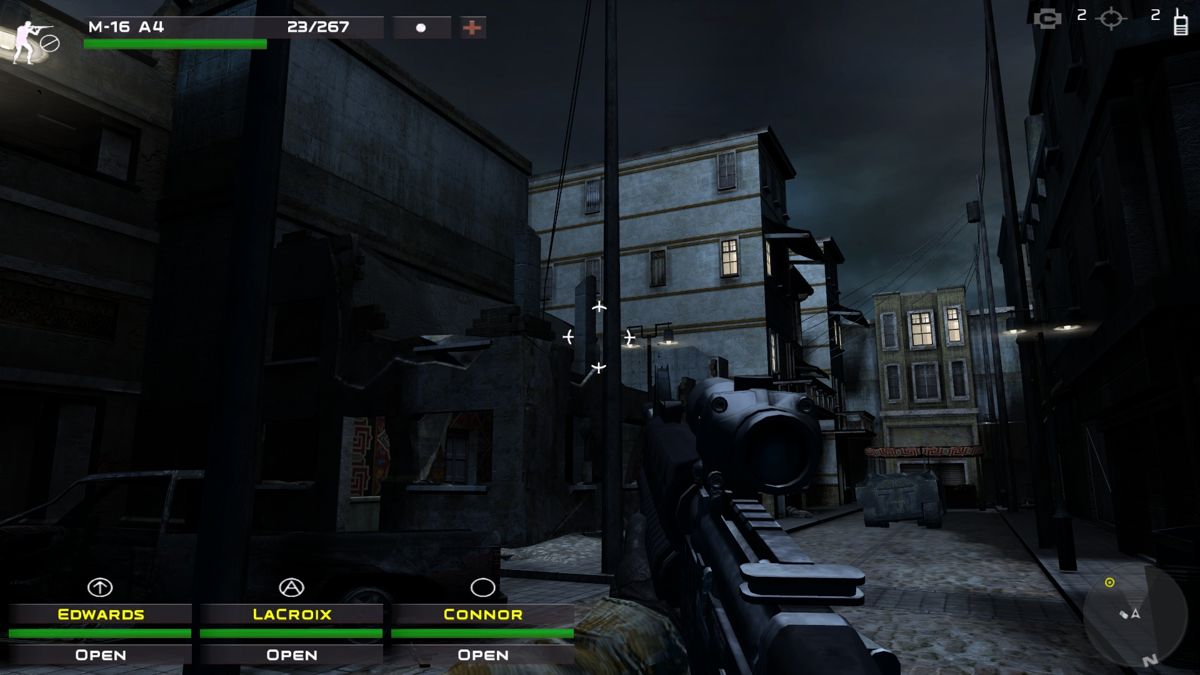



Reviews
There are no reviews yet.